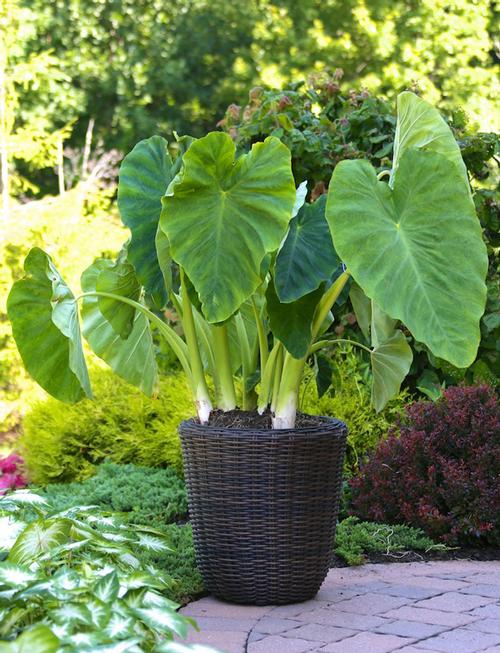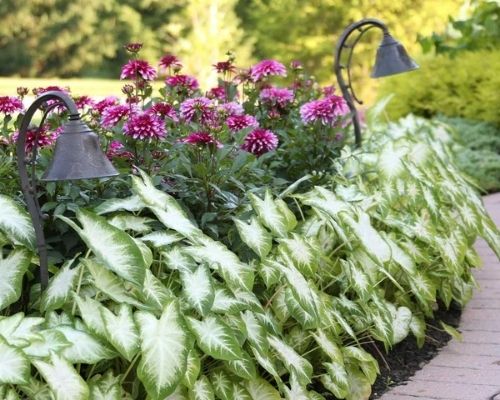Tips for Storing Summer Bulbs in Zones 3-7
Tender plants such as dahlias, cannas, gladiolas and elephant ears add lots of color and energy to late summer gardens and containers. But if you live in the northern half of the country (growing zones 3-7), most of these bulbs and tubers will not survive the winter outdoors. When fall comes, you have a choice: treat them as annuals, or bring them indoors for the winter.
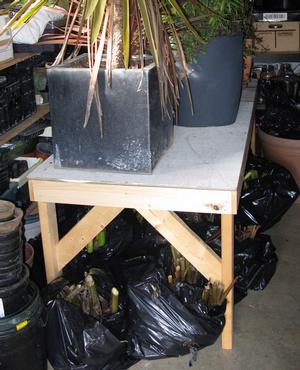
Overwintering these cold sensitive plants indoors is easier than you may think. Bulbs and tubers are food storage organs, and by the end of the growing season they have packed away all the energy they will need for another year of foliage and flowers. Your challenge is to keep them dormant, yet alive, until it’s time to replant in spring.
The ideal winter storage temperature for most of these plants is 45° to 50°F. They also need darkness, moderate humidity, and good ventilation. Potential storage places include a root cellar, unheated bedroom or a cool basement. If you're sure there's no chance that temperatures will dip below freezing, an attic or unheated garage can also work.
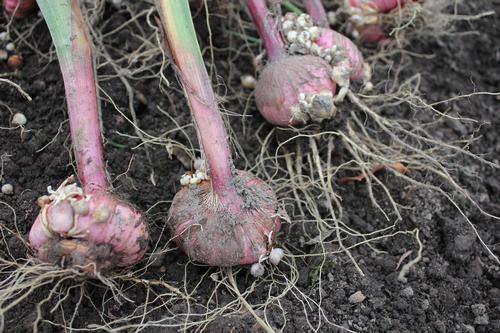
Bringing the Plants Indoors
Start by deciding which plants you want to keep, and make sure all are clearly labeled so you remember what is what (colored survey tape and a black marker works great for most). Stop watering a couple weeks before the first frost. Allow the foliage to die back naturally or wait until it has been blackened by frost. Don't rush this process. Shorter days and colder temperatures trigger dormancy and will help improve storage success.
If the plants are in containers that are easy enough to move, you can simply bring the containers indoors right before it frosts. Cut off the foliage at ground level and keep the bulbs or tubers right in the pots. Most will not need to be watered at all during the winter. Others (details below) will be watered sparingly.
If your plants are not in containers, dig them up soon after the first hard frost. Start by cutting off the stems and leaves just above soil level. Carefully dig up the tubers or bulbs and move them to a dry, well-ventilated place where they will not freeze. Allowing them to cure for up to 2 weeks, before tucking them away, will help minimize moisture loss during storage. This is a good time to take a closer look and discard or cut away any plants that were damaged when digging or that show signs of disease.
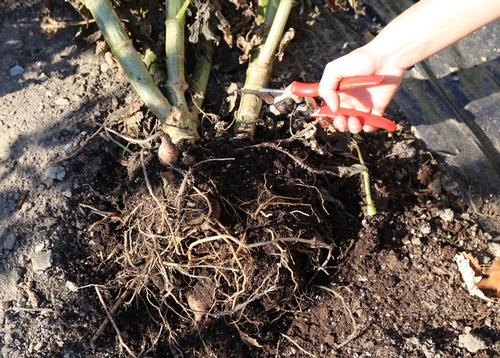
Storage Tips for Summer Bulbs
Bulbs, tubers and corms may be stored in newspaper, paper bags, peat moss, mesh bags, cardboard boxes or plastic bags. The challenge is to keep your plants from completely drying out, yet also keep them dry enough to discourage decay. Figuring out the best technique requires some trial and error because so much depends on the temperature and humidity conditions in your particular storage area.
Once the plants are stored away, check them monthly through the winter -- especially when you're still experimenting. Tubers should stay dry, smooth and firm like potatoes. Bulbs and corms should stay firm and feel heavy. If there’s too much moisture, improve the ventilation; if it's too dry, you can mist with water or tuck in some damp peat moss or growing mix.
When spring returns, divide the tubers, bulbs and corms as needed and replant.
For specific instructions about overwintering dahlias, click HERE. For other detailed, plant specific information, see the links below.

Plant-Specific Instructions for Overwintering
Tuberous Begonias. You can keep these growing as houseplants, or nudge them into dormancy and save the tubers. To do the latter, move the plants into a protected location before the first frost. Stop watering and allow the foliage to yellow. Then cut back the stems to 4”. Wait a few more weeks until the stems wither and can be easily pulled away from the tubers. Gently brush away most of the soil and store the tubers in dry peat moss at 45 to 60°F.
Caladiums. Dig up the plants before the first frost and lay them out in a warm, dry place for 3 weeks (with leaves still attached). Then remove the dried leaves and store the tubers in lightly moistened peat moss at 55 to 70°F.
Callas. As fall approaches, let the foliage die back naturally. Before the first hard frost, dig up the rhizomes and cut back the stems and foliage. Cure the rhizomes in a warm place for several days, then store them in dry peat moss at 50-60°F.
Canna. Cut the stalks back to a height of about 6”. Dig around the clump and carefully lift it out of the ground (canna tubers are very brittle). Leave soil attached to help protect the tubers. Store root balls in loosely gathered plastic bags at 40 to 50°F.
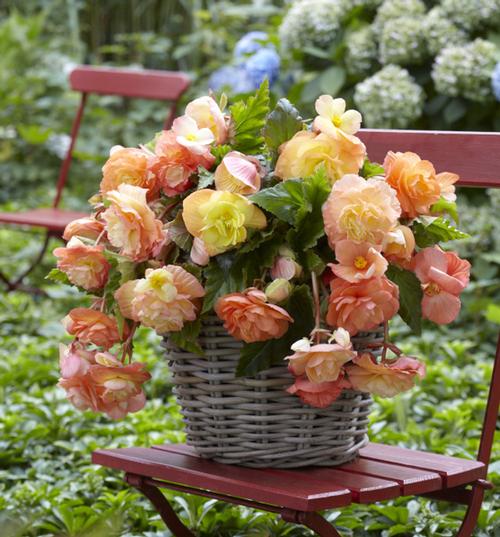
Elephant Ears. Some types of elephant ears stop growing and are completely dormant in the winter. Others, including most alocasias, continue growing very slowly and can be treated more like houseplants. If your plant is growing in a container, remove all but two or three leaves and bring the pot indoors before the first frost. Find a cool place for it to live (55-60°F) and water sparingly throughout the winter so it rests in a semi-dormant state. If your elephant ears are growing directly in the ground, cut the foliage back and dig up the tuber. Plant it in a container for the winter and treat as above.
Eucomis, Hymenocallis, Nerine, Crinum. Bring these plants indoors and let the foliage dry naturally until it can be easily pulled away from the bulbs. Store the bulbs in dry soil or in mesh bags at 50°F.
Gladiolus and Acidanthera. Dig up the plants after or just before the first frost. Move them to a dry, well ventilated place for a few weeks until the foliage withers. Cut the stems about 1” above the corm. Discard the old corms and trim off roots as needed. Cormels (baby corms) can be rubbed off and discarded. Store the corms in mesh bags at 40 to 50°F.
